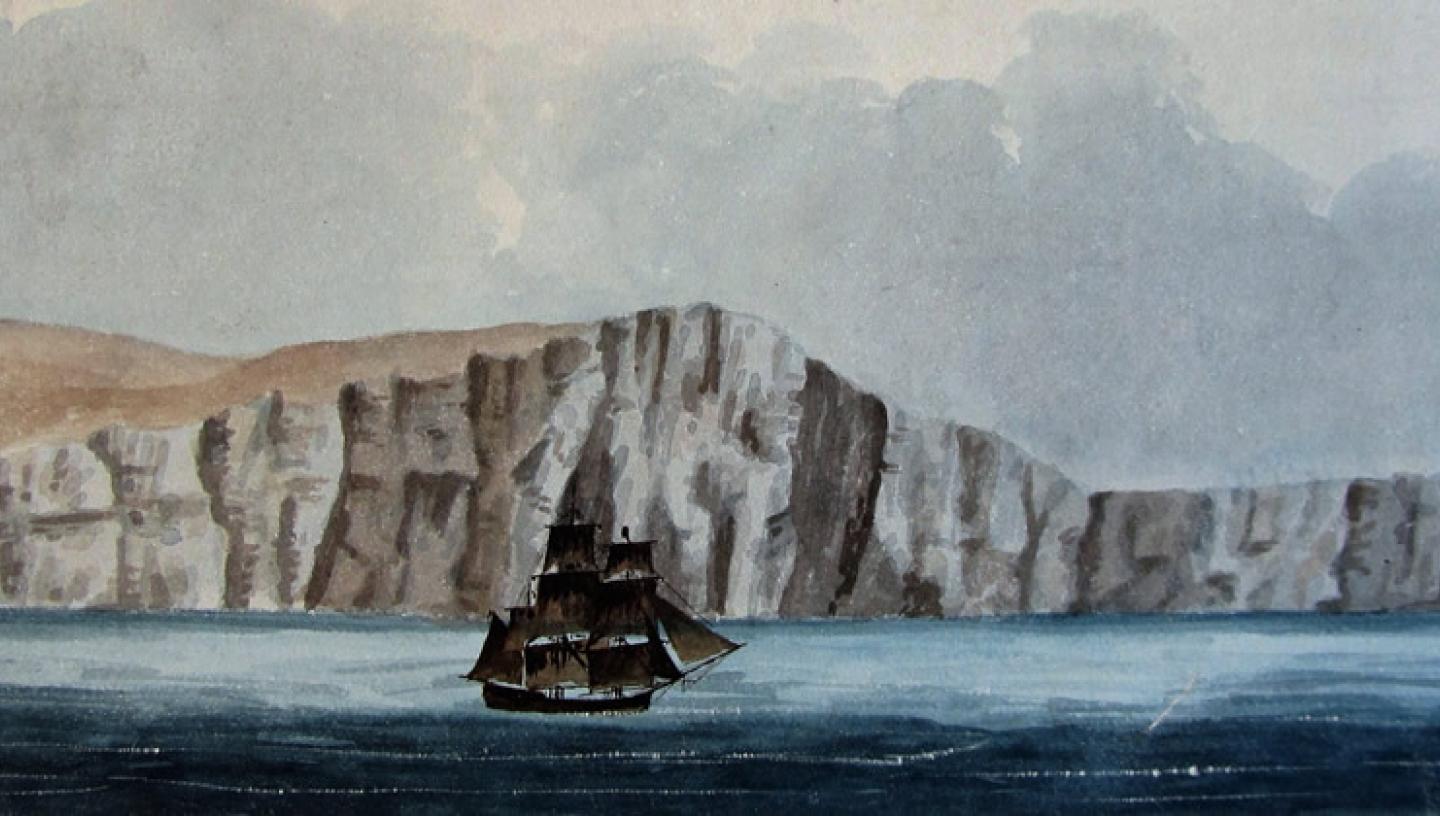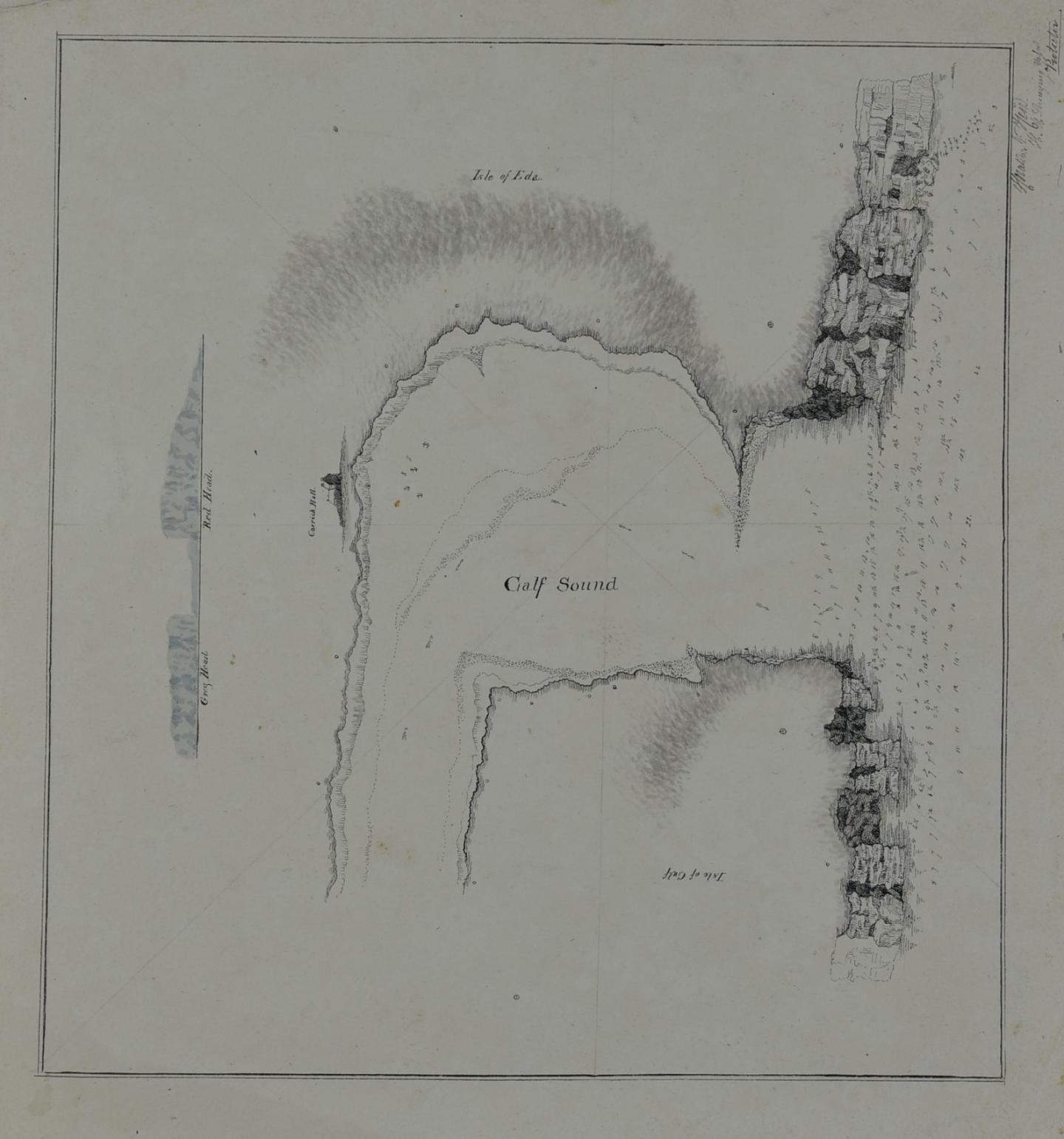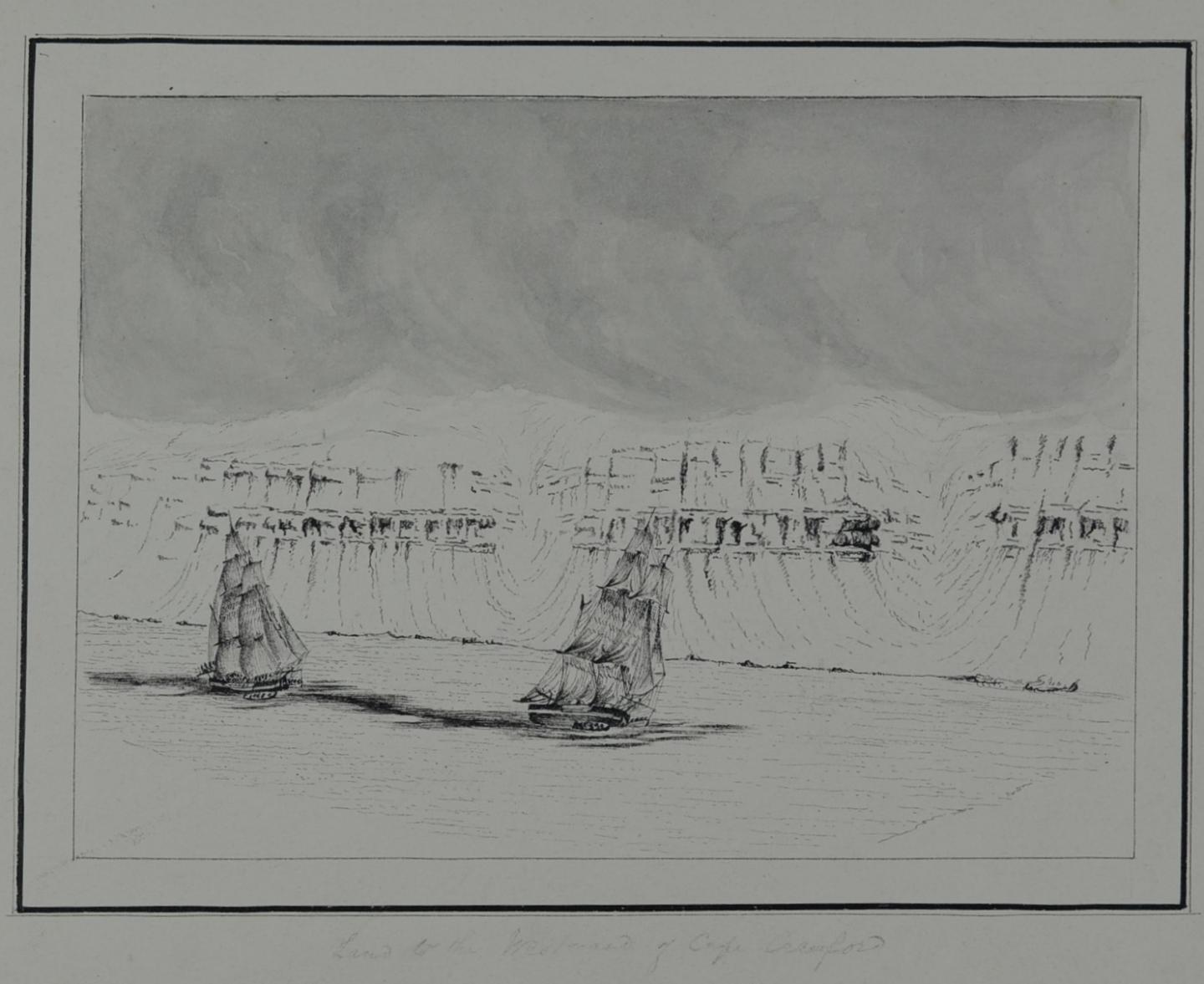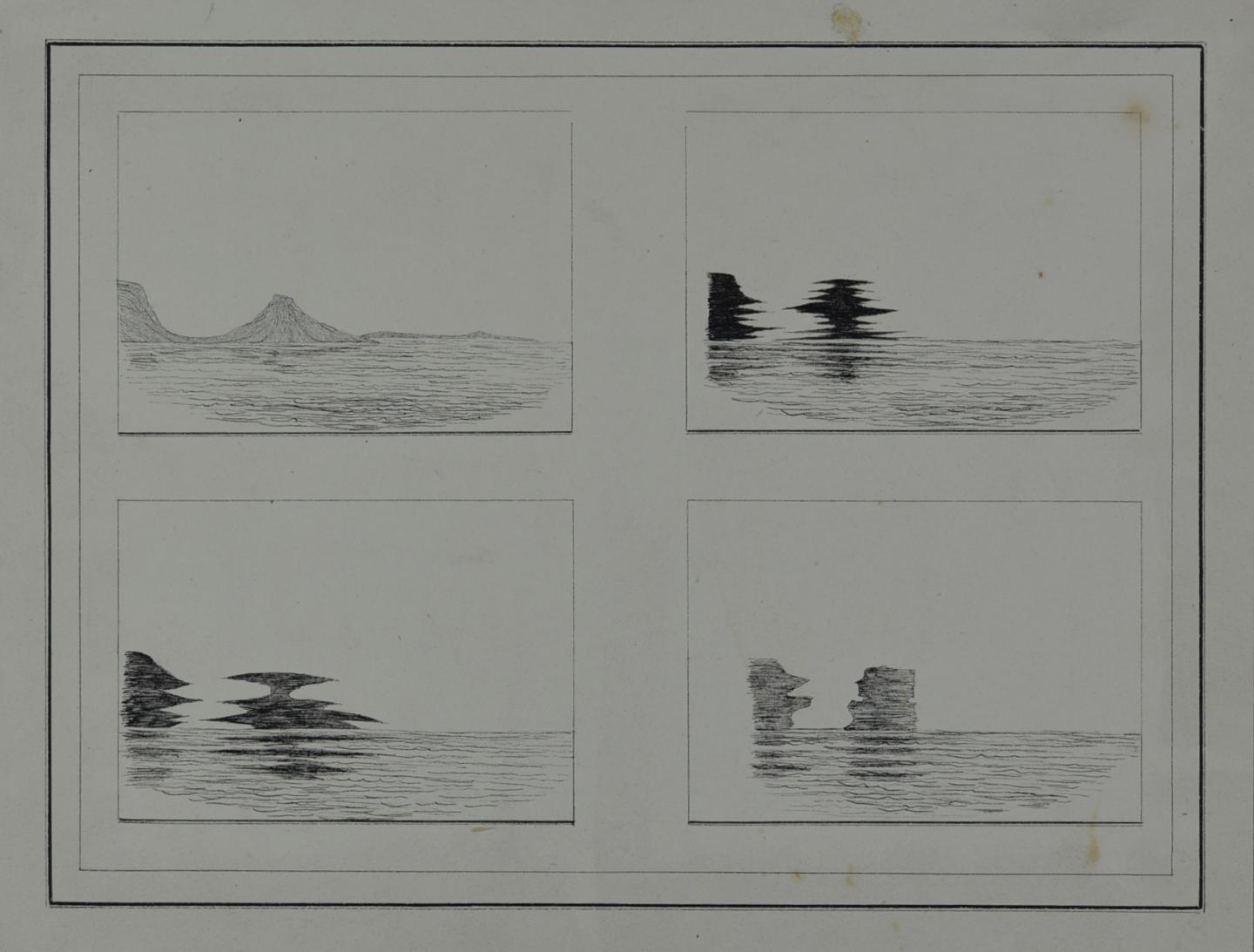
25 Aug 2016
Graham Thompson presents a collection of drawings by a midshipman who showed much promise, but died young before he had established his reputation as a Royal Navy officer
by Graham Thompson, Archives Assistant
The Nelson connection
There are newspaper references to Nelson Horatio Head being a godson of the naval hero, and some evidence of this can be found in Court of Chancery records relating to his sister Eliza Head. There is also evidence that Nelson helped Guy Head and his family return to England after the French army had installed a republican government in Naples. At Palermo on 8 May 1799, he sent orders for them to be given a passage home on HMS Haerlam (captured 1797).
An excellent draughtsman
In following a career at sea, Head probably found it hard to live up to the expectations associated with the name-giving at his birth. However, the drawings in CMP/47 demonstrate that he excelled at the careful observation and draughtsmanship necessary to survey work. During his training, he may have received instruction in navigation from Edward Riddle of the Royal Naval Asylum, Greenwich, because Riddle was later one of the executors of his will.

Chart of Calf Sound, Orkney, including soundings and indicating the position of Carrick House, made by H.N. Head on HMS Protector, c. 1821. (CMP/47/1/22)
Parry's third North-West Passage expedition
Most of the drawings in the collection come from Head’s service as a midshipman on the survey brig HMS Protector (1805) in the Scottish islands and then the frigate HMS Phaeton (1782) in the West Indies.
A small number of drawings relate to his appointment as draughtsman on HMS Hecla (1814), which together with HMS Fury (1815) set off on Captain W.E. Parry's third expedition to find the North-West Passage. Head’s illustrations and charts made in 1824-25 were later used for some of the plates published in the official account of the voyage.

Detail of a pen and ink drawing by H.N. Head showing the crews of the Hecla and Fury ‘sallying ship’ in order to loosen the pack ice, c.1824. (CMP/47/3/3)
In one set of drawings Head recorded how coastal features can be distorted by the refraction that occurs at low temperatures in the Arctic. These observations were probably made at Port Bowen, on the eastern coast of Prince Regent’s Inlet, where the expedition ships had to resort to spending the winter after their progress in Lancaster Sound had been hampered by ice. Their later attempts to find a route through to the Pacific ended when the Fury was severely damaged by ice and had to be abandoned on Somerset Island.

Pen and ink drawings by H.N. Head showing the effects of refraction in the Arctic, c.1825. (CMP/47/3/7)
A martyr to professional zeal?
Sadly, after returning from the expedition, Head suffered from a fatal illness and was buried at St James Church, Piccadilly, in September 1829. His death was seen as a consequence of the severe cold he had experienced in the Arctic, hence obituaries in The Times newspaper and The Gentleman’s Magazine suggested he could be considered ‘a martyr to his zeal for his profession’.
Engravings made from the drawings of H.N. Head appear in the folio volume Journal of a Third Voyage for the Discovery of a North-West Passage from the Atlantic to the Pacific; performed in the Years 1824-25, published by John Murray, London, 1828, see Item ID PBC5021 in the Library Catalogue.
Other examples of Head’s drawings made during survey work around the coasts of Scotland and Northumberland can be found in the ADM 344 series at The National Archives (TNA) at Kew.
The will of Horatio Head, of Wigton, Cumberland, and a list of the officers and men of the Royal Navy employed on Arctic service in 1818-1855 can be downloaded from the Discovery catalogue on the TNA website, see PROB 11/1764/220 and ADM 171/10.
Court of Chancery records relating to his sister Eliza Head can be found under the reference C 13/2338/29 at TNA.
More information on the artist Guy Head can be found in The Nelson Portraits by Richard Walker, Royal Naval Museum Publications, 1998. ( a copy is held in the Caird Library)
Main (banner) image: Watercolour showing Noss Head, Shetland, made by H.N. Head on HMS Protector, c. 821. (CMP/47/1/11)
Graham Thompson, Archives Assistant